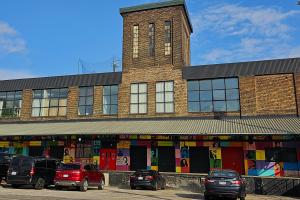
The S. Korach Company Building is located in the Superior Avenue Historic District in downtown Cleveland. It contains over 60,000 square feet of fl oor space and was a garment factory for…
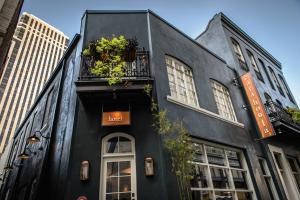
The Catahoula Hotel consists of two historic townhouses — a two-story structure built in approximately 1923 and a three-story brick building built in approximately 1840. Located in the Lafayette Square Historic District in…
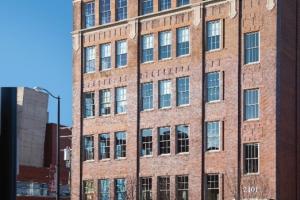
The Empire Improvement Building was constructed in 1913 and is a prominent structure in the Superior Avenue Garment District of Cleveland, Ohio. After being nearly vacant for decades, an extensive rehabilitation completed in February 2018 transformed the historic building into…
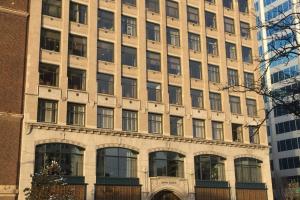
The Yuster Building (also known as the Empire Building), completed in 1924, is a Beaux-Arts Style steel-frame building designed by noted Columbus, OH architect…
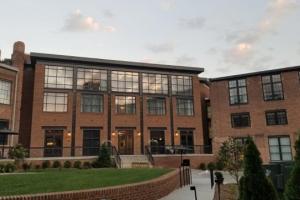
Built in 1915, the Asheville Supply & Foundry Company provided steel to build much of early Asheville, including the expansion of the Biltmore Estate. The foundry had been abandoned for years when in 2016, …